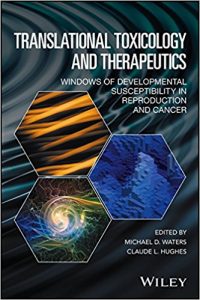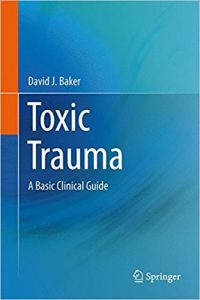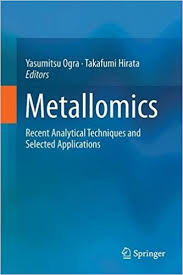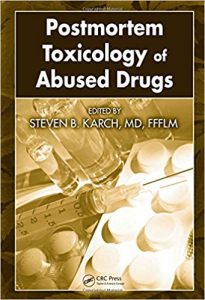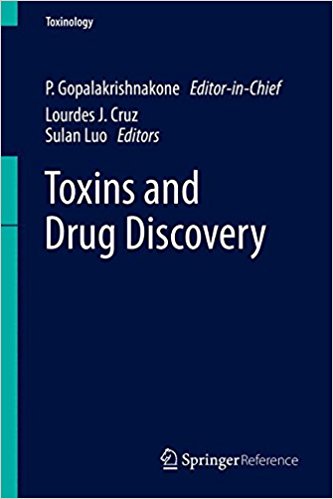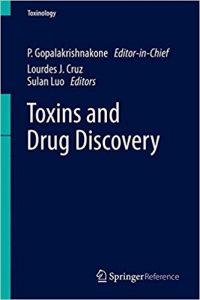Alternatives for Dermal Toxicity Testing 1st ed
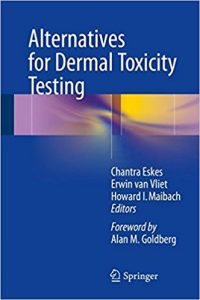
[amazon template=image&asin=3319503510]
This book provides comprehensive information on the alternative (non-animal) dermal toxicity test methods currently available for industrial, regulatory, and academic use and also explores potential future developments. It encompasses all areas of dermal toxicity, including skin irritation, skin corrosion, skin sensitization, UV-induced effects, and skin genotoxicity. An individual chapter is devoted to each test method, with coverage of the scientific basis, validation status and regulatory acceptance, applications and limitations, available protocols, and potential role within testing strategies. In addition, perspectives from the test developer are presented, for example regarding critical steps in the protocol, possible adaptations, and challenges and opportunities. The closing section addresses exploratory areas that may be of relevance for the future of dermal toxicity safety testing, including the validation and regulatory acceptance of integrated testing strategies, the use of alternative methods for infections and inflammatory diseases, novel complex skin models, and high-throughput screening techniques.
Dermal toxicity is an area in which alternatives to the use of animal testing have already gained scientific, industrial, and regulatory acceptance. Practitioners and researchers alike will find Alternatives for Dermal Toxicity Testing to be an ideal source of reliable, up-to-date information on all aspects of the available test methods and likely future directions.
About the Author
Chantra Eskes, PhD, Eng, has around 20 years of experience in the development, optimization, and validation of alternative methods to animal testing. Her activities have contributed to the formal validation and regulatory acceptance of several test methods and to the development of a number of official international test guidelines. Dr. Eskes acts as a Nominated Expert and co-chair for the OECD in the areas of eye irritation/corrosion, skin irritation, skin corrosion, and skin sensitization. She is also President of the European Society of In Vitro Toxicology (ESTIV) and Executive Secretary of the Animal Cell Technology Industrial Platform (ACTIP). She is manager and consultant at SeCAM, a limited company that offers independent consultation and services on alternative methods for scientific, regulatory, and industrial tailored requirements. She is the editor, author, or co-author of more than 35 published scientific articles and book chapters and acts as a reviewer for sever

